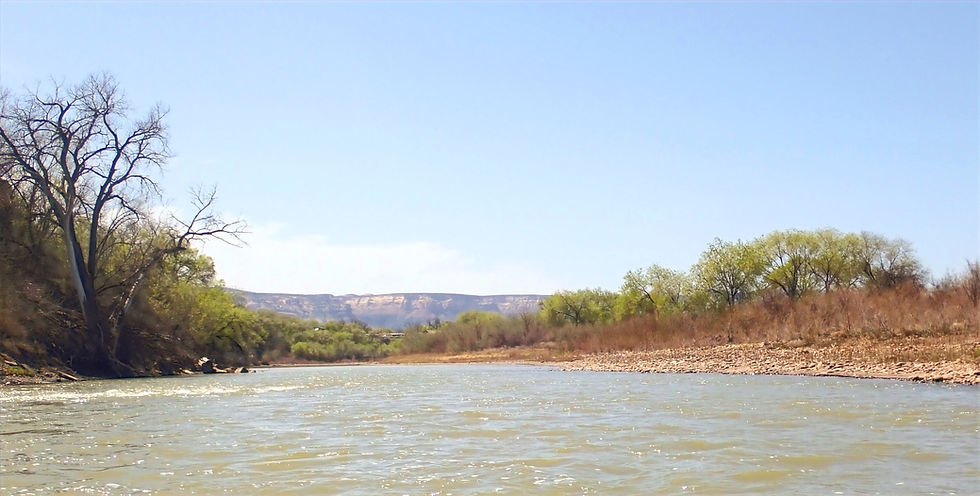Leave No Trace, Leave No Pathogens
- kaitlinlpettit
- May 12
- 2 min read

For the full version of this article, written by TE Board Member Avery Pope, check out our free Substack post or subscribe to our Patreon.
For generations, outdoor lovers have followed the golden rule of backcountry bathroom etiquette: dig a cathole, do your business, bury it, and move on. But as our understanding of poop and pathogens has grown (lucky us!), it turns out burying waste doesn’t do much to keep ecosystems—or humans—safe.
Catholes and other soil-based disposal methods, like Henry Moule’s earth closet, have one big problem in common: they allow fecal pathogens to stick around and spread. Covered in soil and sealed off from oxygen, buried poop creates the perfect low-oxygen (anaerobic) environment for nasties like E. coli, Giardia, and Hepatitis A to thrive. Even decades later, those pathogens can still be present in the soil. One study called the result “toxin-packed landmines.” Not the kind of surprise you want on a hiking trip.

That’s where composting comes in. At Toilet Equity, we use aerobic composting, which keeps waste exposed to oxygen and adds carbon materials like straw and sawdust. This encourages heat-loving (thermophilic) bacteria to do their thing—breaking down the poop, killing parasites, and making the finished product safe for re-entry into the soil.
Composting isn’t just about getting rid of waste. It’s about transformation. Our method ensures human waste doesn’t linger as a health hazard but instead returns to the earth safely, pathogen-free.

So what’s the takeaway for outdoor recreators? If you’re out in the wild, WAG bags (waste kits) are a solid solution for short trips. For longer stints—or at home—composting toilets, like the one our founder tested in the Grand Canyon, are even better. Just be sure to pick a system that composts aerobically to avoid methane and other issues.

No matter where your adventures take you, don’t just bury the problem. Compost it.
Want to dive into the nitty gritty of buried vs composted poop and learn what else you can do in the wilderness? Check out the full blog post for free on Substack or subscribe to our Patreon for early access each month!
This article originally appeared in our May 2025 email newsletter. You can subscribe to receive future updates here.
.png)



Comments